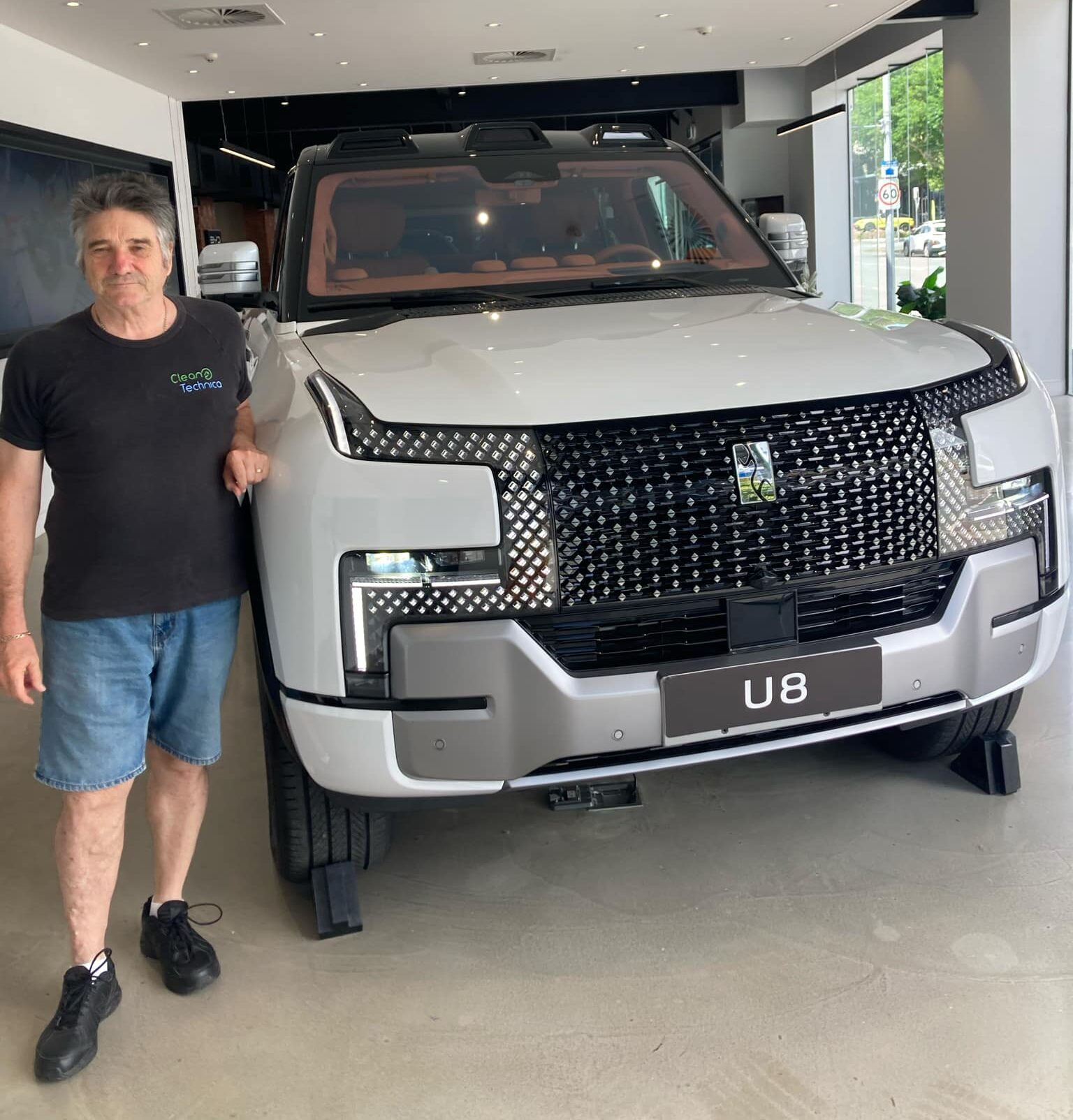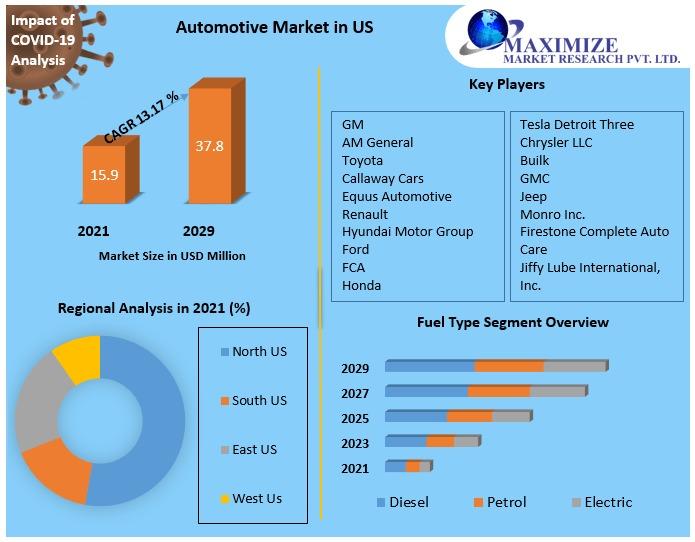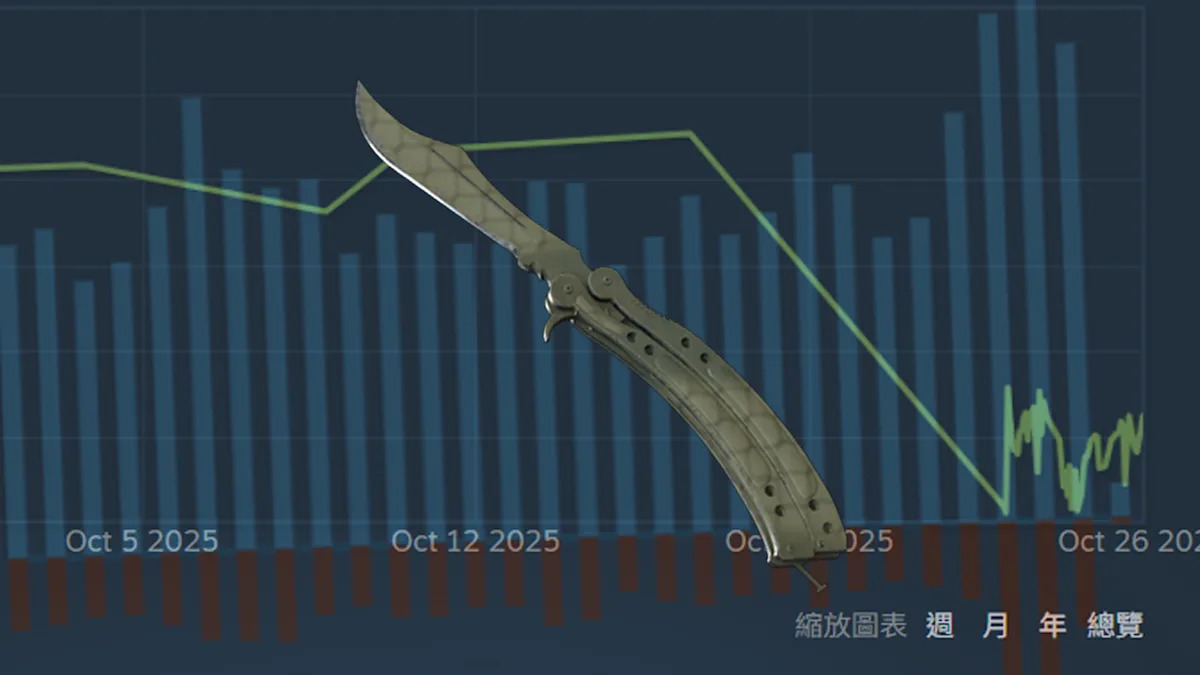Good news: in June 2025, one in six vehicles sold in Australia had a plug. Tesla has bounced back, and the BYD Shark plugin hybrid continues to take a bite out of the ute market. Even though the Fringe Benefits Tax (FBT) exemptions for PHEVs have finished, the expected downturn in PHEV sales has been minor. The Federal Chamber of Automotive Industries (FCAI) and the Electric Vehicle Council (EVC) report that 13,169 battery electric vehicles were sold in Australia in June (10% of total vehicles). 6,200 PHEVs (5% of total vehicles) were sold, mostly from BYD. That’s an astounding 15% of new vehicle sales, when all the pundits were expecting a big drop. This result is in a total market of 127,437 new vehicles sold.
Sales of EVs were so low in January, I couldn’t bring myself to write about them. Then penetration rates hovered around 10% for a couple of months. April saw a surge of plugins (14.5%), led by PHEVs as the FBT exemptions were about to end. Down again in May when electric vehicle penetration hit 12%. And now an incredible 15% in June! Will this continue? Is it just end-of-financial-year incentives? Will the introduction of the New Vehicle Fuel Efficiency Standard push the number even higher? The recent chaos in the Middle East has pushed up the price of oil — petrol has gone from AU$1.57 per litre to AU$2.25. Perhaps this will push more people to go electric? Who knows, it’s a roller coaster ride, but these are encouraging numbers.
The number and variety of electric models continue to increase — we recently checked out the Deepal EO 7 and the Canon PHEV ute. You can read about them here and here.

Rumour has it that the BYD Seagull has been seen testing on Melbourne’s streets in the southern state of Victoria. Rumours also abound re: the launch of electric utes. The more utes, the merrier, as this category dominates Australian sales and highways. We also desperately need electric city cars. We have plenty of SUVs.
In June, the top selling BEVs were:
- Tesla Model Y — 3,457 sold in June, 10,431 sold year to date
- BYD Sealion 7 — 1,795 in June, 3,756 YTD
- Tesla Model 3 — 1,132 in June, 3,715 YTD
- Geely EX5 — 822 in June, 1,845 YTD
- BYD Seal — 627 in June, 1,609 YTD
- BYD Atto 3 — 576 in June, 1,854 YTD
- BYD Dolphin — 561 in June, 1,337 YTD
- Kia EV5 — 553 in June, 2,765 YTD
- Kia EV3 — 321 in June, 1,153 YTD
- MG4 — 251 in June, 2,268 YTD
By comparison, the best-selling vehicles of all drivetrains are: #1 Ford Ranger (6,293), #2 Toyota HiLux (6,195), #3 Tesla Model Y (3,457), #4 Isuzu D-Max, and #5 BYD Shark 6 PHEV. Toyota was the top selling brand. The RAV4 is coming out (of the closet?) as a PHEV in 2026. That should shake things up. In the top ten, there are only two cars that are not made in China, and only two car brands that are now Chinese — Kia and Tesla. Australia’s top ten is fast coming to look like China’s top ten.
Who is no longer on the charts? It wasn’t that long ago that the Polestar 2 was giving the leaders some good competition. Not any longer — only 135 units were sold in June 2025.
Volkswagen is selling well in Europe, but is not making much of a dent in the Australian EV market. The Volkswagen ID.4, ID.5, and ID. Buzz sold a total of 534 units year to date. The Buzz made up over half of those sales — Buzz 254, ID.4 184, and ID.5 96. If we add other vehicles from the Volkswagen Group stable — Cupra (479), Audi (185), Porsche (122), and Skoda (120) — we get a total of VW = 534, rest of group = 906. Every VW model was outsold by the Toyota BZ4X (at 427 units to date).
The BYD Sealion 6 PHEV sold 1,604 units and the BYD Shark PHEV 2,993. Expect these Shark numbers to go even higher, with BYD now offering AU$4,000 cash back on purchases. This will cut the price down to around AU$53,000.

As Japanese carmakers pivot to electric, I expect that these vehicles will reach the Australian market within the next 24 months. That means lots of electric Toyotas, Mazdas, Hondas, and Nissans for loyal Australian motorists. How will this affect the Chinese brands? Will they have gained sufficient foothold to compete against the reputations of the Japanese manufacturers? Time will tell. I doubt that Tesla and BYD will be easily dethroned. There will be winners and losers. The European manufacturers seem to be falling behind in market share at the great rate of knots.
It’s not just quality of build and technology. The price war is raging on in Australia, with the base variant BYD Dolphin now selling below AU$30,000. It’s pure electric, has lots of technology, and is cheaper than the base model Corolla hybrid. We should stop with the Tesla killer headlines and start shouting about the upcoming Corolla killers.
BYD has now taken over control of distribution in Australia, from EVDirect. A spokesperson recently announced that now “nothing is off the table.” Australian new car buyers will be able to choose from more of BYD’s subbrands, like Denza, Yangwang, and Fangchenbao. BYD has sold more than 60,000 plugin EVs in the 2½ years since entering the market with the Atto 3. The company is looking to provide an option to every market segment.
BYD has announced that the Atto 2 will launch in Australian markets later this year, followed by the Seagull city car. BYD’s first 7-seat SUV — the Sealion 8 PHEV — is expected in showrooms early 2026. BYD sales have grown 144% over the past 12 months. The market is only going to get hotter. Will we see an all-BYD top ten? Not long to wait, as Denza is slated for launch in October of this year!

I’d like to end on a personal note. Yesterday, while walking the dog in the local off-leash area, I came across another dog walker wearing a hat emblazoned with “Super MAGA.” I would like to remind my readers that this is Australia I am talking about. I wasn’t sure about where the conversation would go, but we actually had a good chat. Yes, he was very pro Trump, very anti Australia’s current socialist leaning government, but also willing to chat and listen to the answers to questions he asked.
We actually found we had a lot in common. We disagreed on some points — politics, wind farms (“a blot on the landscape”) — but, strangely, we agreed on solar and electric vehicles. “There is a place for electric vehicles,” he told me. He is helping his daughter buy a second-hand car and was surprised at the value-for-money proposition 3-year-old Teslas were. We discussed depreciation of technologically advanced equipment (mobile phones, for example).
He asked about the possibility of batteries running out of charge on a trip and I was able to enlighten him about the ever-growing number of high-speed chargers being installed. I mentioned charging at home and he was surprised that you could just plug in at home. “Like a toaster,” I said. He thought you had to have special equipment. He has solar on the roof and is considering taking up the offer (from our “socialist” government) and getting a subsidised home battery.
We even covered battery degradation and I was able to cite our experience with our 6-year-old Model 3, and my friend with his high-mileage Uber Model Y. That is, very little. He was impressed and admitted that it was minor. All in all, we found we had more in common that we thought. Perhaps if we could have more considered conversations with people who disagree with us, we might find better social cohesion. Inevitably, the future is bright and electric, even if you are super MAGA!
Sign up for CleanTechnica’s Weekly Substack for Zach and Scott’s in-depth analyses and high level summaries, sign up for our daily newsletter, and follow us on Google News!
Whether you have solar power or not, please complete our latest solar power survey.
Have a tip for CleanTechnica? Want to advertise? Want to suggest a guest for our CleanTech Talk podcast? Contact us here.
Sign up for our daily newsletter for 15 new cleantech stories a day. Or sign up for our weekly one on top stories of the week if daily is too frequent.
CleanTechnica uses affiliate links. See our policy here.
CleanTechnica’s Comment Policy



